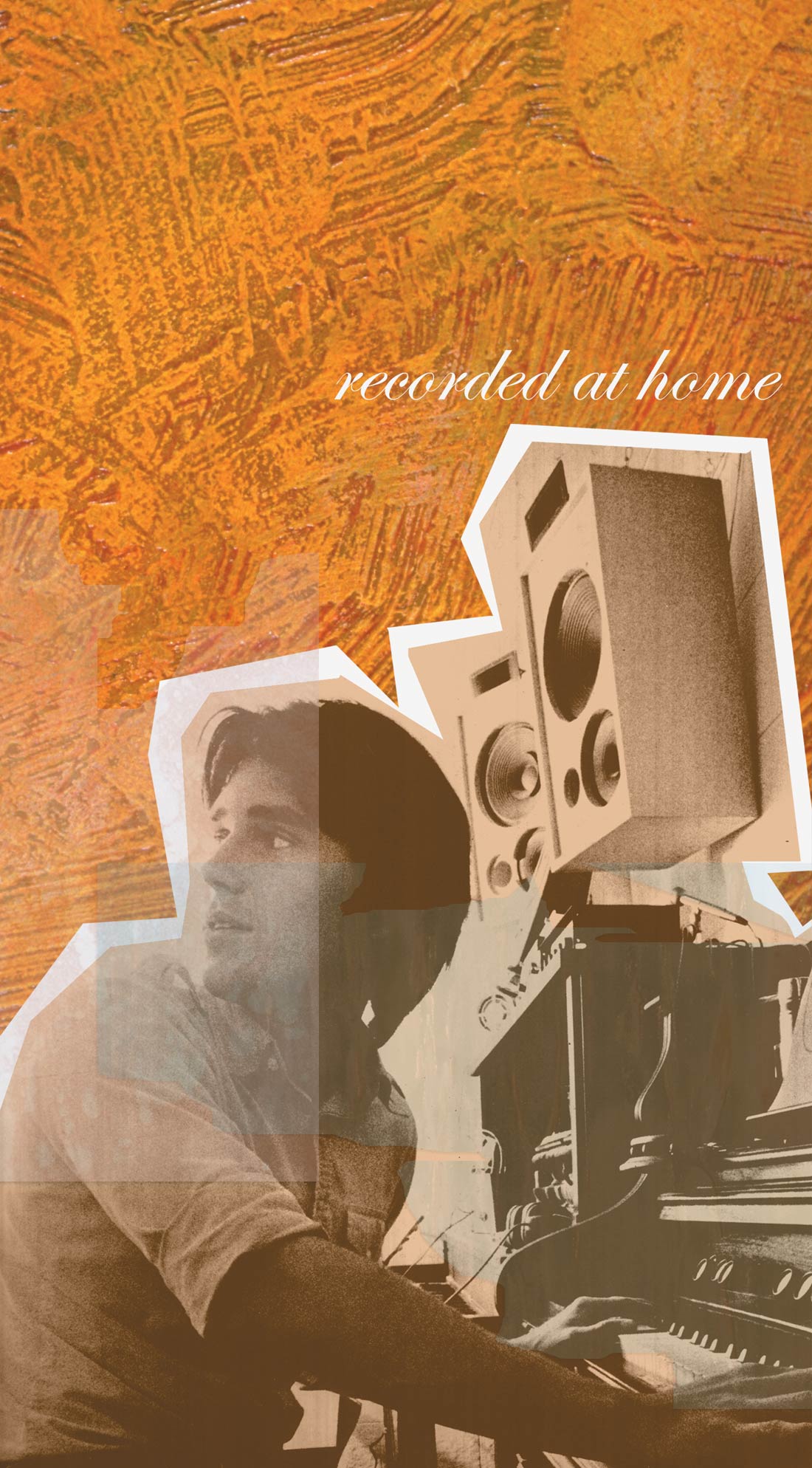I saw (and heard) a bunch of gear at the annual AES show this past Fall. With so many cool new products to discover, you'd think that it'd be hard for a gear geek like me to choose one product that stood out above all others. Well... guess what. Nothing impressed me as much as the complete line of monitors from ADAM Audio. So much so that I made arrangements to buy a pair of ADAM S3-A monitors right then and there.
The S3-A is a 3-way system with an Accelerated Ribbon Technology (ART) tweeter, two 7.3'' Hexacone woofers, and three 150 Watt (RMS) amplifiers. (ADAM recently upgraded the amps from the original spec of 100 W.) Although the two Hexacone drivers look identical, the first driver/amp combination operates below 1.8 kHz, while the second one augments the first below 150 Hz, effectively doubling the woofer size and power at low frequencies. The ART tweeter is unique in that it uses a pleated diaphragm to "squeeze" air out with much greater efficiency and accuracy than a planar driver can push air. Frequency response is stated as 32 Hz - 35 kHz (+/- 3 dB). On the rear panel is a balanced XLR input. On the front is a power switch alongside trim controls for input sensitivity, tweeter level, high-freq shelf, and low-freq shelf.
Two days before the AES show, John Baccigaluppi and I mixed the Nedelle CD at the Bomb Factory studio, and I got to hear the S3-A for the first time. What I heard amazed me. The high-end had so much detail that I could hear recording artifacts and distortion that had gone previously unnoticed-without the higher frequencies sounding hyped. The two woofers produced incredibly tight, focused low-end. And the combination of drivers provided midrange that was smooth but not glossed-over. (I'm a big fan of midrange, and I can't stand speakers that don't have enough midrange.) Plus, the imaging was fantastic. The S3-As seemed so accurate that I was confident that the mixes were "right." A month later, hearing the tapes at Peerless Mastering confirmed that what we'd heard on the S3-As was indeed the right mix.
Cons? Although the ART tweeter has good dispersion in the horizontal plane, it doesn't have a lot of vertical dispersion. The hi-end balance changes significantly as you go from sitting to standing; curiously enough, it's not as noticeable as you sit down low. Also, the monitors are susceptible to radio- frequency interference. (I live in an area with high RF- density.) ADAM have already devised a solution, which they named the "Hong Mod," as I was the first user to report the problem.
I've owned a pair of S3-As for three months now. Part of me feels like I should write more about my experiences, but another part of me knows that there's not much more to say than this: The S3-A is the best nearfield or midfield monitor that I have ever heard. They sound fantastic-but at the same time, they are brutally honest, revealing aspects of my mixes that other monitors have failed to do. I liked the S-3A so much that I also bought a pair of P11-A active monitors for my home. ($4,400, www.adam- audio.com)




_disp_horizontal_bw.jpg)